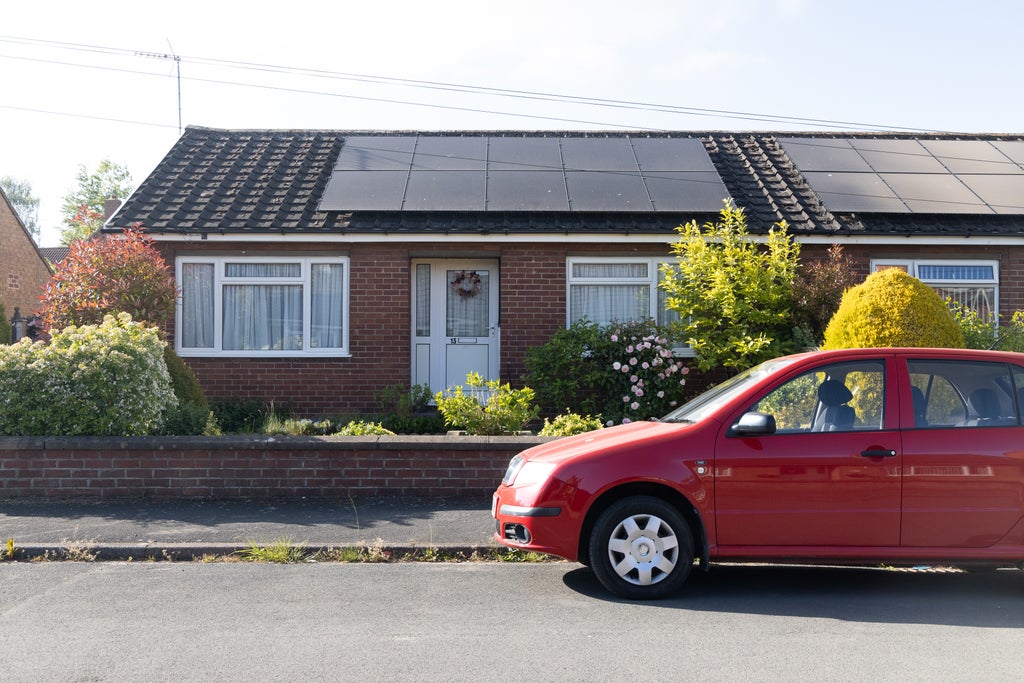As the temperature drops this November, a chill of a different kind is settling over the UK’s energy efficiency sector. The Government’s ambition to decarbonise Britain’s drafty housing stock - essential for meeting its Net Zero and fuel poverty targets - has collided head-on with the fiscal reality of the Autumn Budget.

The tension is clear. On one hand, the 2024 manifesto promised a "Warm Homes Plan" to slash bills and carbon. But it also promised to “save families hundreds of pounds on their bills”, and not to raise broad-based taxes.
Improving the energy efficiency of homes delivers bill savings and health benefits, and more broadly supports energy security, but it takes time and investment. More short-term bill savings can be realised by Government through the removal of VAT and levies, including the Energy Company Obligation (ECO) which itself funds energy efficiency works.
So far so fair – why should a fuel poor household subsidise works on a stranger’s home?
But the Government can’t deliver its legal obligations to deliver net zero and fuel poverty targets without the ECO and the Boiler Upgrade Scheme. And there is no room in the Warm Homes Plan to add in ECO costs and deliver policy commitments already made.
Cutting the ECO levy would be a false economy, and leave the households most in need facing a postcode lottery. When every thought leader in the sector is promoting data-led decision-making, it’s ironic that this decision – affecting thousands of jobs and households – could be made without consideration of alternative options.
And there are alternatives that take pressure from the public purse.
1. Minimum Energy Efficiency Standards EPC 'C'
The most significant lever is the resurrection of Minimum Energy Efficiency Standards (MEES) for landlords. Since 2017 the Clean Growth Strategy targets relating to an EPC target have been driving investment by large landlords.
- The Policy: Landlords must upgrade properties to EPC Band C by 2030 (or potentially sooner) or face a ban on letting them out.
- The Impact: This requires landlords to fund the upgrades and takes the pressure off the public purse. For construction and maintenance firms, this guarantees a pipeline of work without relying on government contracts. For landlords, it creates hassle and a risk of "stranded assets" - properties that become illegal to rent, but a range of exemptions are proposed. All this being said, it is by no means certain how tough local authorities will be when it comes to enforcement.
- The Risk: Government has proposed that landlords use recommendations on the EPC, when these are known to be too high-level. Where we test over 2000 with current market cost data in our advice provision, the EPC tests about 60 and prices them in vague terms. And where we would recommend ventilation options, to protect against damp and mould, the EPC doesn’t reference that issue. Lessons must be learned from the NAO about the need for independent oversight of quality, and this approach must be reviewed to ensure any MEES leaves homes healthy.
2. Warm Homes Stamp Duty Incentive
Rather than funding retrofits directly, the government could "nudge" the market through the property market.
- The Policy: The UK Green Building Council (UKGBC) has proposed a Stamp Duty incentive based on energy efficiency (cheaper for green homes, more expensive for drafty ones).
- The Impact: By linking Stamp Duty Land Tax to a home’s energy performance and offering rebates for efficiency improvements made within 2 years, the proposed policy aims to encourage homeowners and buyers to invest.
- The Risk: The “nudge” would be very dependent on property values, and so additional funding is still required to support those homes that are not subject to Stamp Duty.
3. Public engagement
Policy debates about the cost of ECO in recent weeks focus on the cost of delivery. Much of the low-hanging fruit has been picked in terms of both measures and interested households, and this debate does nothing to engage the later adopters. Government has to understand its role in engagement.
- The Policy: Develop a public engagement campaign that portrays the benefit of energy efficiency and clean heat.
- The Impact: In 2025 the Government has delivered a “Warm and Fuzzy” campaign, and a Clean Energy Jobs Plan.
- The Risk: these actions have been overshadowed by Government messaging about the costs of net zero and ‘ripping out boilers’. More damage will be done by a cut to ECO. This in turn undermines efforts to engage householders.
4. Data simplicity and availability
Delivery costs could also be reduced through data sharing to reduce search and compliance costs.
Energy performance data captured in relation to government policy is currently stored by multiple organisations in multiple places, and not being put to use.
- The Policy: Make assessment and programme data available to delivery organisations to inform engagement, design and quality assurance.
- The Impact: Avoid spending time and money collecting data that has already been captured by other government-backed processes.
- The Risk: Data from multiple sources will have conflicts. We see that every day in our work with large landlords. Those using the data must understand the source and the potential uncertainty.
....
Data from assessment surveys and works completed under previous government programmes, which did not require registration of the data on the EPC register. Too much time and money is spent by local authorities and landlords trying to collate data that has been collected and evidenced under government-backed schemes.
- 3.5 million homes received improvements under CERT (2008-12), though we note this was predominantly lightbulbs.
- 90,000 homes received upgrades under CESP (2009-2012).
- Early ECO rounds upgraded around 2.5 million homes.
- 1.4 million households have solar panels, mostly installed in the past decade which means the EPC register is significantly out-dated, despite their registration with the government-backed MCS.
Incorporating data from assessment surveys and works completed under PAS2035 where a Retrofit Coordinator oversees and evidences works. The government permitted these updates under the Green Deal framework. Delivery schemes lodge completed PAS2035 works on TrustMark, for a fee, but this is not available to the homeowner or their advice services. The government needs to clarify rights to this data.
Data sourced from warranty schemes.
- NHBC holds registers for around 80 per cent of the new homes warranty market. This could help identify the 2.3 million homes that were built after 1983 with clear, unfilled cavity walls.
- Similarly, CIGA and other warranty providers hold data on energy efficiency measures registered as part of government-backed delivery schemes.
BuIlding Control, potentially as part of wider digitalisation activity.
EV chargers funded by government.
Smart meter installations from energy suppliers.
Gas Safety Check reports on boiler make and models.
....
The Verdict
The Government is attempting a high-wire act: to cut bills and investment in energy efficiency at the same time. Short term cuts will make the delivery of longer-term goals much more difficult.
There is a risk that this tension absorbs the focus of the sector, and cuts will result in job losses. This would be a missed opportunity for the Government at a time when it should be asking the sector to focus on lessons from the NAO report, incorporate AI to drive efficiencies in the administration and auditing of work, and delivering the potentially substantial impact of the proposed Minimum Energy Efficiency Standards.






























